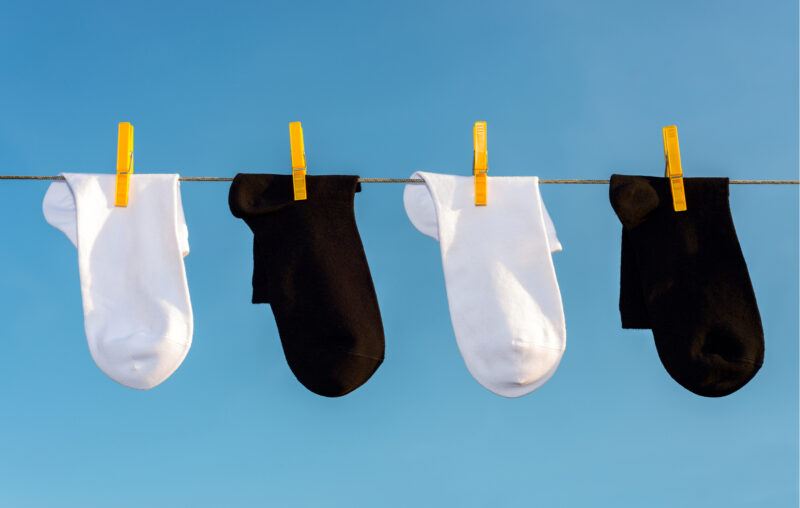
When the US struggled to provide enough Covid-19 tests to track outbreaks in early 2020, the Food and Drug Administration underwent unprecedented deregulatory efforts to combat the pandemic. Nearly two years later, we can safely say that less oversight was an overwhelming success.
Under the FDA’s Emergency Use Authorization statement, private laboratories were permitted to develop and administer Covid-19 tests without the agency’s permission. Testing availability rapidly increased and only two of 140 tests were recalled as of August 2020.
A similar approach brought patients blood transfusion treatment and access to the experimental drug remdesivir. Remdesivir later became the only drug to be fully approved by the FDA without undergoing the formal drug approval process since the 1970s. The agency also allowed vaccine developers to stagger their approval phases to quickly bring Covid-19 vaccines to market.
But the FDA’s recent crackdown on a longstanding and reputable product is a sudden, and concerning, return to its pre-Covid ways.
This October, the agency sent a warning letter to Owlet regarding its very popular Smart Sock – which monitors a baby’s pulse and oxygen levels while it sleeps. The letter states that the FDA now considers the product to be a medical device – requiring it to be approved before it can be legally sold on the market. Consequently, Owlet was asked to remove its product from the market or face “seizure, injunction, and civil money penalties.”
But why is the FDA coming after the Smart Sock now?
Owlet’s product has been on the market since 2015 – releasing three additions and helping to monitor over 600,000 infants while earning the trust of millions of parents. It’s also commonly used in the UK, Canada, and New Zealand where it has never generated safety or efficacy concerns.
Perhaps more confusing than the FDA’s strange timing is its willingness to remove a product that literally saves lives.
OakBend Medical Center estimates between 10 to 15 percent of newborns receive treatment in a neonatal intensive care unit for a variety of post-birth concerns. Many of them require further monitoring of vital organ functions for long periods after they are released. Owlet’s product helps to provide this critical role. Many grateful parents can attest.
Thankfully declining over the past decade, nearly 2,300 infants still perish annually from sudden infant death syndrome (SIDS). Although the causes of SIDS are frustratingly difficult to determine, careful attention to vital organ function can save lives.
Is More Safety Worth the Risk of Removing Products From the Market? The Smart Sock isn’t perfect. A study published in the Journal of the American Medical Association found it was 90 percent accurate in detecting low oxygen levels and a low pulse. This is not ideal. As study leader and physician Chris Bonafide noted, “If something is going wrong with a sick infant, you would want to know that 100 percent of the time.”
But the choice parents face is not between picking perfect or imperfect monitoring devices. The FDA has never approved a completely effective product because no such product exists. Instead, as economist Robert Higgs has previously explained, the FDA’s only authority is to remove or prevent products from reaching patients (and parents). In many cases, this leaves patients with few or no options to treat or help monitor serious medical concerns.
As I’ve noted before, the FDA historically prevented antidepressants, insulin, and beta-blockers from reaching US patients decades after they were treating patients in Europe. Today, patients who hope to receive genomic (genetic-based and tailored) medication often cannot receive treatment because the FDA’s approval process is ill-suited to test and approve these medications.
The Smart Sock and those who depend on it are now in a similar situation. After the Smart Sock is removed from the market in the coming months, it will be placed under review for several years until it is approved. Currently, there are no FDA-approved devices that track both pulse level and oxygen intake for infants. There is only one FDA-approved oxygen intake monitoring device for infants. The cost of the agency’s decision is hundreds of thousands of infants going without a highly reliable monitoring device and countless sleepless nights for parents fearing for their children’s health or life.
When it comes to Owlet’s Smart Sock, the FDA seems to have forgotten its recent successes in exercising less oversight and reducing regulatory stringency. Considering the FDA regulates nearly 40 percent of all consumer products, its recent actions are a strong cause for concern. As a health economist, I’ll be monitoring the situation closely.


0 Comments